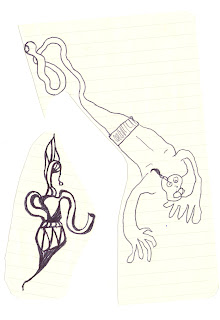Our trip was fantastic and I promise to tell you all about it over the next few days, but I’m still too exhausted to compose my own thoughts tonight so here is everything I could find on the Internet that includes other peoples’ thoughts:
Star tribune review:
http://www.startribune.com/entertainment/onstage/100086549.html?page=2&c=y
Shockwave video interview:
http://www.youtube.com/user/BaronDave007#p/a
http://barondave.livejournal.com/266959.html
Behind the Fringe Interview:
vita.mn review:
http://www.vita.mn/event_detail.php?event_id=97456
Fringe Fest Flickr photos from Aug. 8:
http://www.flickr.com/photos/minnesotafringe/sets/72157624563914123/
Single White Fringe Geek blog and top 20 list:
http://www.tcdailyplanet.net/blog/matthew-everett/fringe-2010-fringe-all-2-other-manhattan-kansas
http://www.tcdailyplanet.net/blog/matthew-everett/fringe-2010-fringe-top-20-s-11-through-15
Examiner.com preview performance review:
Twin cities .com review (with what I believe is just a flub in the title, not an intended jab):
http://www.twincities.com/fringe/ci_15688412
http://www.twincities.com/fringe
Minnesota Playlist Blog Entries:
http://minnesotaplaylist.com/magazine/column_post/black-spandex-and-heavy-breathing-08062010-1024am
http://minnesotaplaylist.com/magazine/column_post/prep-pomp-and-circumstance-08082010-107am
Local blog about our blog:
http://ofsmallthings.org/2010/08/02/but-a-flight-of-fancy/
Audience reviews on our festival page (click the grey reviews tab above the description)










 with much excitement and anticipation. Here we all are in the MAC parking lot getting ready to set out on our Fringe Adventure.
with much excitement and anticipation. Here we all are in the MAC parking lot getting ready to set out on our Fringe Adventure.












